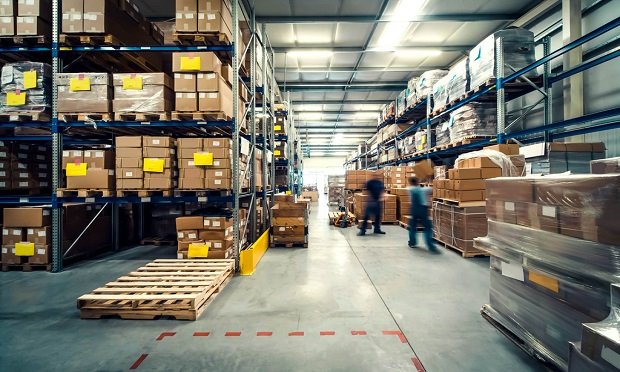 Labor shortage concerns during the COVID-19 crisis pushed many businesses to adopt freshly automated processes, which curtailed some business risks but accelerated others. (Shutterstock)
Labor shortage concerns during the COVID-19 crisis pushed many businesses to adopt freshly automated processes, which curtailed some business risks but accelerated others. (Shutterstock)
While the pandemic and its supply chain disruption highlighted the value of robotic process automation and other digitized services, it also exposed fresh risks.
Recommended For You
Want to continue reading?
Become a Free PropertyCasualty360 Digital Reader
Your access to unlimited PropertyCasualty360 content isn’t changing.
Once you are an ALM digital member, you’ll receive:
- Breaking insurance news and analysis, on-site and via our newsletters and custom alerts
- Weekly Insurance Speak podcast featuring exclusive interviews with industry leaders
- Educational webcasts, white papers, and ebooks from industry thought leaders
- Critical converage of the employee benefits and financial advisory markets on our other ALM sites, BenefitsPRO and ThinkAdvisor
Already have an account? Sign In Now
© 2025 ALM Global, LLC, All Rights Reserved. Request academic re-use from www.copyright.com. All other uses, submit a request to [email protected]. For more information visit Asset & Logo Licensing.








